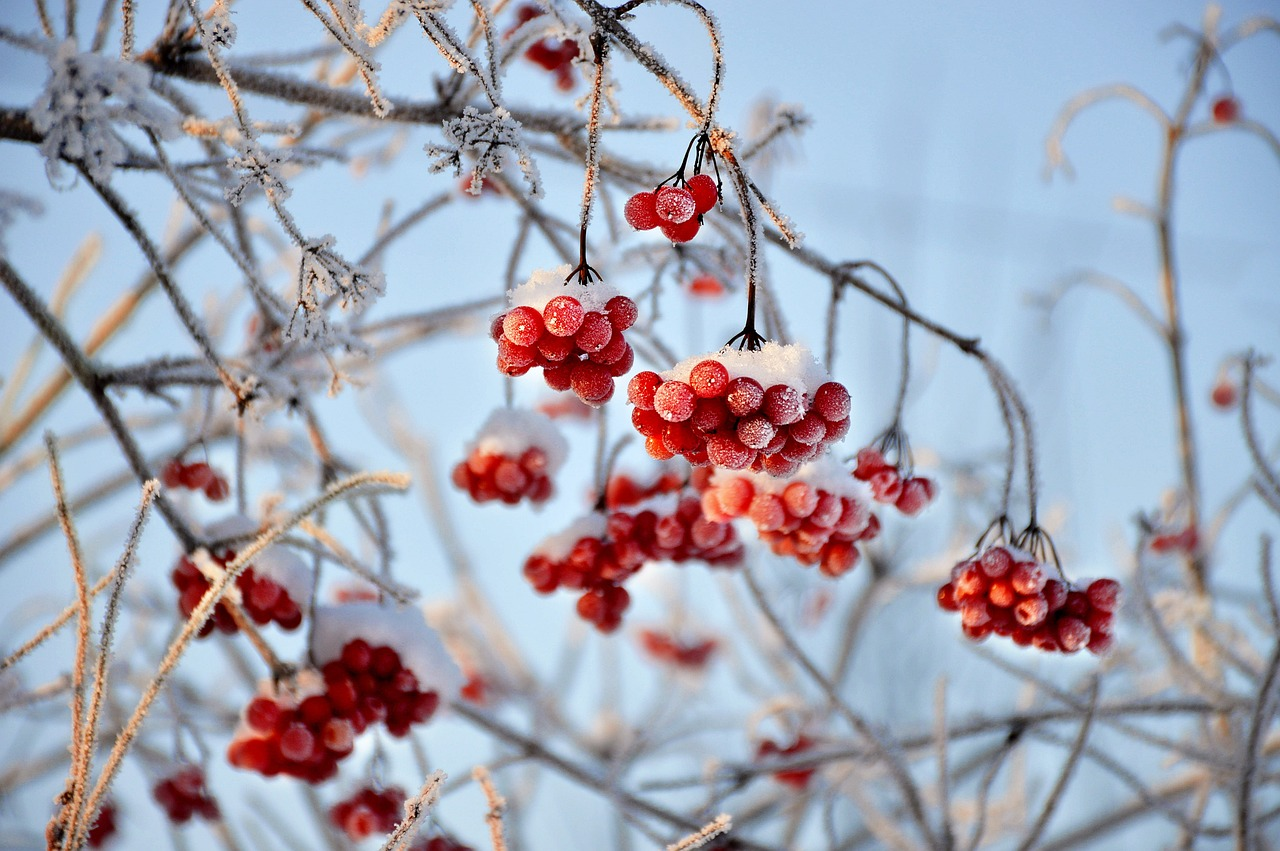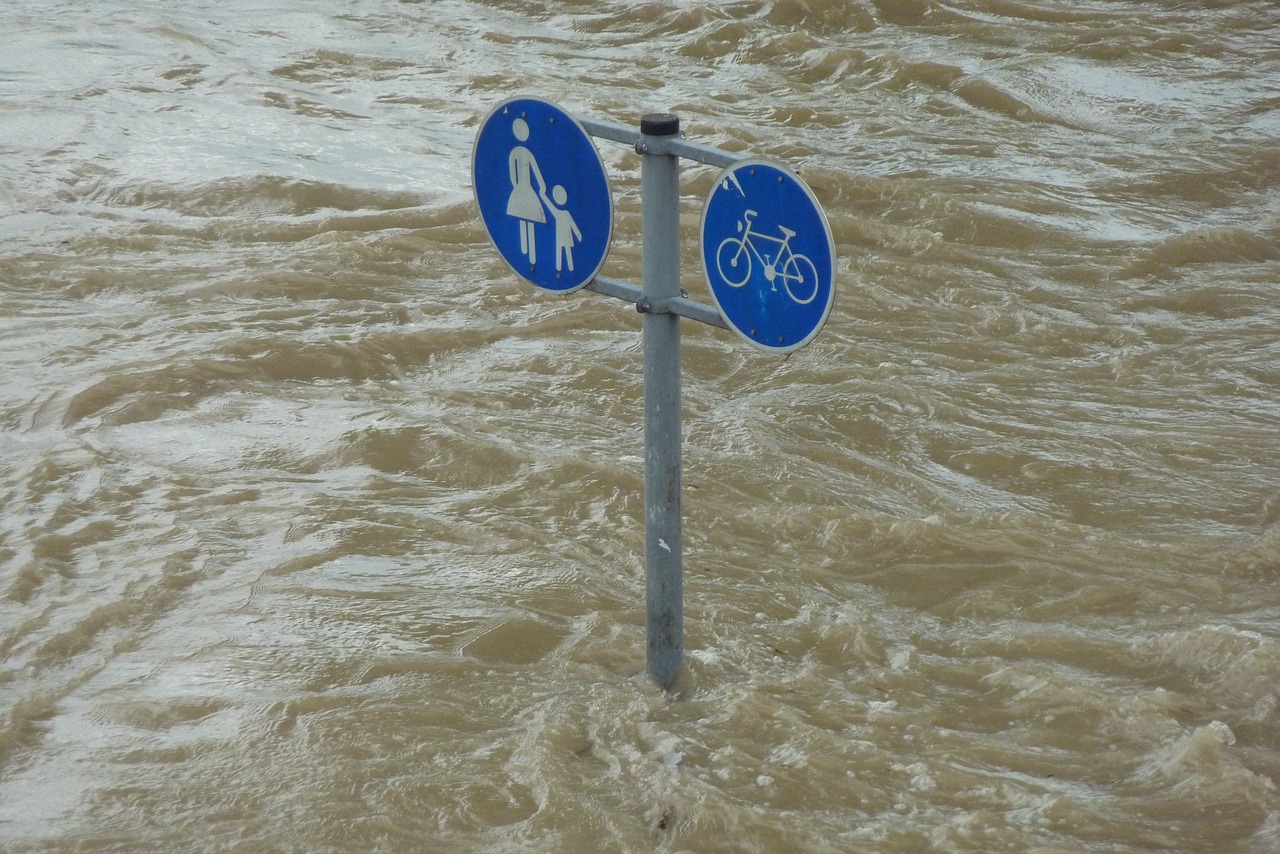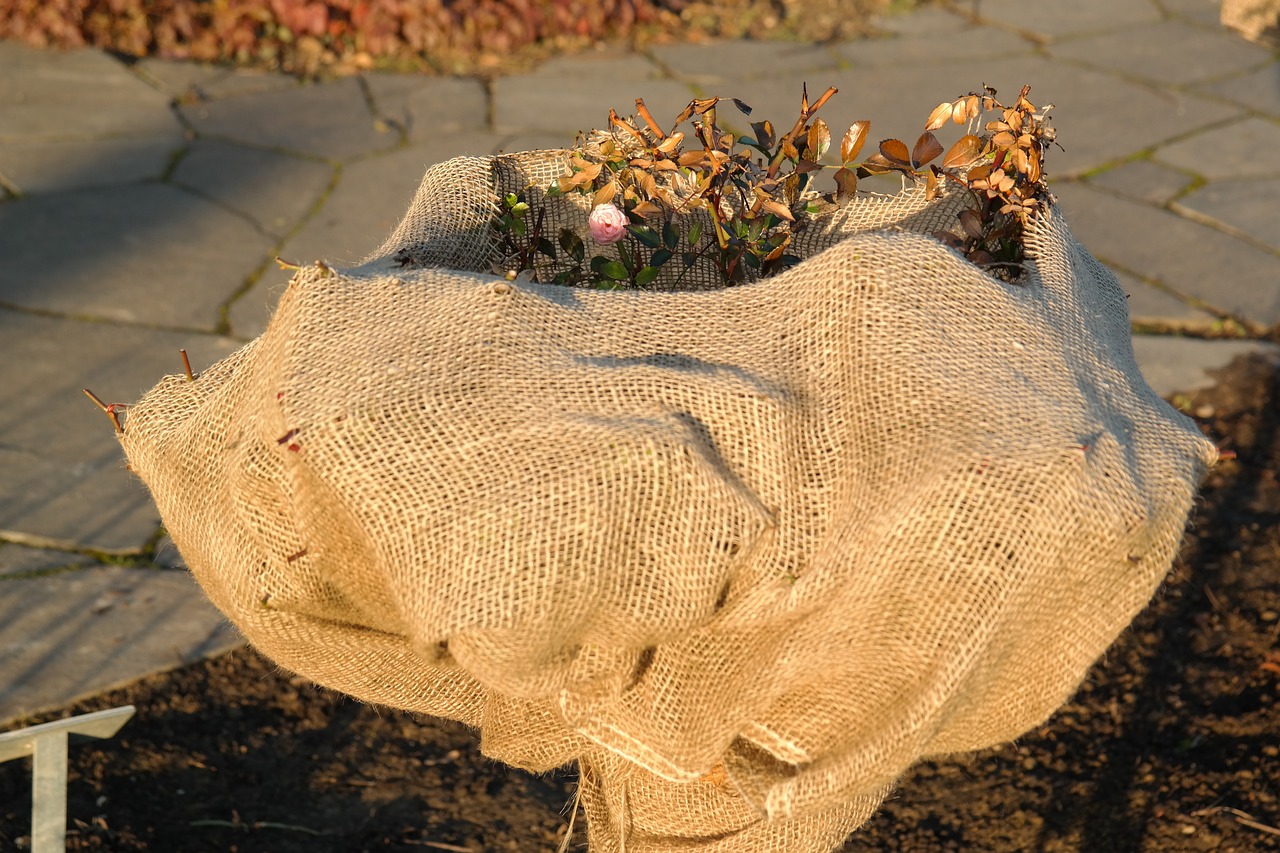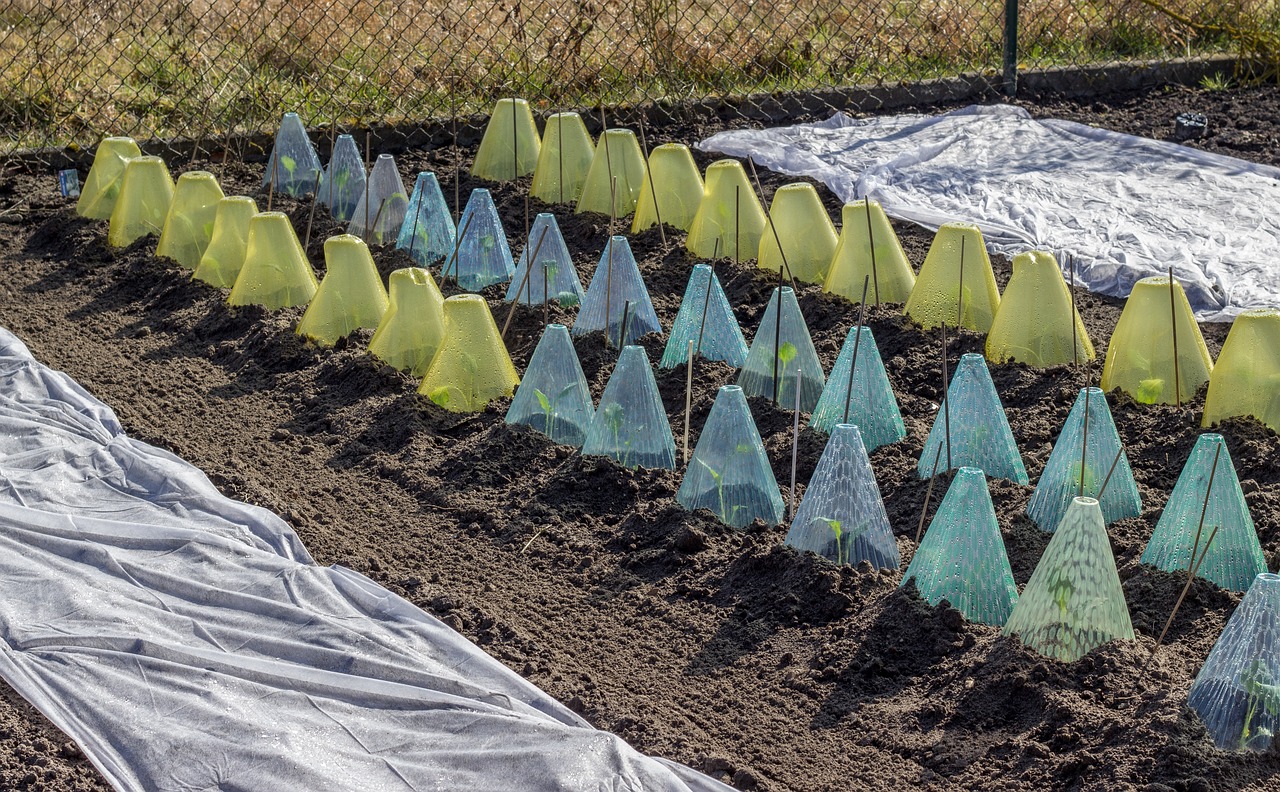
The Ice Saints: Farmer’s Rule or Myth?
In this article, you will find out what the ice saints are all about, how up-to-date the farmer's rule is and what you can do to protect your plants from frost.
This Article Contains:
Quick Overview
Ice Saints: The Farmer’s Rule at a Glance
- The Ice Saints serve gardeners as a guideline for the last frosts that occur in May. It is said that from mid-May, the weather remains largely constant and even heat-loving crops can move into the bed.
- Is that true? Expert: The conclusion we come to is that there are still frosts in May, but they don't necessarily occur in this one week. In addition, climate change is also changing the farming rule.
Frost Protection for Plants
- Frost protection for fruit trees and shrubs:
- Valerian
- Fire
- Frost irrigation (not suitable for hobby gardeners!)
- Frost protection for vegetable plants
- Cold frame, fleece, greenhouse or foil tunnel
- Place potted plants in a frost-free place
What Are the Ice Saints?
The ice saints have served as a guideline for gardeners for centuries. They bring the last frosts of the year in mid-May. After that, the weather remains largely constant and the late frosts are over. So from mid-May, you can plant and sow anything you want to grow in the bed this year. In Central Europe, the ice saints usually last from May 11 to the cold Sophie on May 15. In Germany and Austria, therefore, the period up to May 15 is generally regarded as the actual Ice Saints.
The Ice Saints: Farmer’s Rule or Myth?
The same question every year: can I plant out before mid-May? We wanted to find out more and did some research, spoke to experts and asked you in the community.

What the Experts Inside Say
The experts are largely in agreement: the ice saints do not actually exist in the form in which they are repeatedly portrayed. Jörg Kachelmann explains this particularly clearly using weather data between 1950 and today. He comes to a clear conclusion: yes, there is still frost in May. But no, not more frequently in this one week, but less and less from the beginning to the end of May.
The SWR is of a similar opinion in its new report. According to the report, climate change and global warming have ensured that we gardeners no longer have to fear the ice saints as much. According to SWR, a farmer's saying that is more appropriate for today would be: "May cool and wet, fills the farmer's barn and barrel" and not "The cold Sophie makes everything hie".
What Our Fryd-Community Says
We asked you: "How often have you had a real frost during the Ice Saints' Day in the last five years?" The picture is similar for all of you: May has often been mixed in recent years and there have been cool nights, but no real frost during the Ice Saints, but rather at the beginning of May (if at all). However, some of you have experienced storms with heavy gales and hail, which have taken their toll on plants that have already been planted.
Conclusion: Depending on the region, there is still a certain risk of frost in May. But we gardeners shouldn't pin this down to certain days, especially if we want to make the most of the season. We should therefore observe the weather conditions in our region and then decide when to move our plants to the beds. Of course, we will continue to work on this topic, especially with regard to climate change.

Swap Ideas With Other Gardeners!
To exchange ideas with other gardeners about the ice saints and benefit from the experiences of others, you can visit our Fryd-Community.
Join the Community NowThe Ice Saints and Climate Change
There is much debate about whether the ice saints are still valid in times of climate change. Climate change is making many an old farming rule inaccurate: extreme temperature events are increasing and the weather is changing due to the shift in climate zones. This changes the consistency of the weather, which can become a challenge for farmers and gardeners. It is now quite possible that the ice saints have already taken place weeks before the fixed date in mid-May. This extends the vegetation period and plants can be planted outdoors earlier. Or, conversely, further late frosts can occur even after the original ice saints. However, the problem here is often not so much the frosts themselves, but the unusually warm spring temperatures in the weeks leading up to them. This stimulates the plants' growth and causes them to flower earlier. The combination of faster plant growth and later frosts can be fatal for sensitive flowers and heat-loving plants. However, this mainly affects permanent crops such as fruit trees and vines. Vegetable plants are less sensitive, as they usually only flower towards the end of the growing season or the following year.

Due to the unpredictability of the weather, it is worth keeping a close eye on the weather forecast so that you can react quickly if there is a risk of late frost. If cooler nights are on the cards, you can cover sensitive or young vegetable plants with a cold frame or fleece. If you have fruit trees or vines in your garden, you should also cover them accordingly. Depending on their stage of development, you should wrap them up well so that they can survive the cold nights. You can find out how to protect your plants from frost below.
Frost Protection for Plants: Risk of Late Frost in May
After a frost event, some of your plants may have been damaged. The extent of the damage usually becomes apparent up to a week after the frost. The good thing is that the entire plant is usually not damaged. This is because late frosts usually only have a superficial effect and the soil and roots of the plants do not freeze (with the exception of potted plants!). Therefore, the whole plant rarely freezes, but only the parts that were exposed to the cold without protection. In most cases, the frozen parts then dry out and die. If the plant survives, it usually sprouts again and soon shines with its former beauty.
You can prevent frost damage by planning your garden accordingly. If possible, give sun-loving and sensitive trees or other crops a sheltered spot on the south side. If you don't have a sheltered spot, you can create a hedge that serves as a windbreak and creates a warmer microclimate in your garden (especially with an opening to the south). Make sure that the wind and weather front comes from the west and align the hedge accordingly. If you have a sloping garden, you must bear in mind that cold air always sinks downwards. Therefore, plant frost-hardy shrubs such as currants or blackberries in hollows and valleys. Planning the garden sensibly and according to natural principles comes from permaculture (='permanent agriculture'). You can find out more about this in our article on the subject.
Tips on Frost Protection for Fruit Trees
Depending on the stage of development of the blossoms on your fruit trees, you should protect them in the event of frost. Blossoms that have not yet opened can survive slight sub-zero temperatures. More developed blossoms, on the other hand, are very sensitive.

Valerian as Frost Protection
Valerian warms your flowers. You can simulate slightly warmer temperatures with diluted valerian extract. If you spray them with it, they are protected against frost down to - 2 ° C/28 ° F. However, valerian does not provide unlimited warmth and will only make them up to 5 ° C/41 ° F warmer. Also cover your fruit trees with one or more pieces of fleece.
Fire for Extra Warmth
Another option is to make a fire under the trees. However, you must be very careful not to burn the trees. Make sure there is enough space between the fire and the trees and surrounding plants. Also bear in mind that it is not permitted to simply start a fire in a domestic garden. This method is usually used in a more controlled manner in large plantations.
Frost Irrigation From Horticulture
In professional cultivation, there is also the method of 'frost irrigation' (especially in fruit growing). This involves spraying the trees with water. The water freezes on the blossoms and a growing layer of ice forms. During freezing, the crystallization of the water releases heat energy. As a result, the temperature of the encased flowers never drops below freezing point and they are therefore protected from frost. However, the tree must be constantly watered, which leads to an immensely high water consumption. If it gets particularly cold and there is no other way to save your harvest, you can use this method. Attach a garden sprinkler to the crown of your fruit trees. All the blossoms must be hit by the water so that they freeze and are protected. Now water your trees for as long as the frost event lasts.
Tips on Frost Protection for Vegetable Plants
As already mentioned, many vegetable plants are much less sensitive to frost than fruit trees and vines. Some do not need any additional protection and can cope with frosts without any problems. These include, for example, carrots, peas, spinach and radishes. However, if you have already planted out some heat-loving plants such as peppers, here are a few tips to protect them and keep them warm.

Cold Frame or Fleece
You can either protect your vegetable plants with a cold frame or garden tunnel and/or wrap them well with fleece. In general, however, you should only plant heat-loving plants such as tomatoes, cucumbers or peppers outdoors later, when the risk of late frost is lower. Or you can grow them in a pot so that you can put them in a warm place if frost threatens.
In a greenhouse or foil tunnel, you can also light candles to raise the temperature a little. Make sure they are in a safe place where they cannot tip over.
Place Potted Plants in a Frost-Free Place
If you grow individual vegetable plants in pots, you should wrap them well. This is because the root ball is more exposed to low temperatures in a pot and freezes more quickly. This does not happen so quickly with plants planted in garden soil. The soil does not usually freeze during such short frost events. Place your potted plants in a warm, frost-free place such as your garden shed during the cold nights. If you don't have this, you can alternatively use garden fleece and wrap them up well. However, you need to be generous here. Also place the plants in a sheltered place, such as a house wall. For potted plants, however, it is generally advisable to only put them out after the Ice Saints.
Want to get helpful gardening tips all year round and plan your own beds in the best possible way? Then register here or download the Fryd app for Android or iOS.
Fryd - your digital bed planner
Titelbild von Ekaterina Guseva auf Pixabay.
Marie
Current Topics in the Community

#red , #tuesday

Liked 1 times
#testpostcount

Dec 2025
Popular Articles

Companion Plants for Carrots: What (Not) to Plant With Carrots

Companion Plants for Celery : What (Not) to Plant With Celery?

Strawberry Types: List of Best Strawberry Varieties

Companion Planting With Strawberries: Companion Plants and Planting Plan

Basil Varieties & Types at a Glance

What to Plant With Cabbage: Good and Bad Companion Plants

Fertilizing Strawberries: Home Remedies & Natural Fertilizers at a Glance

Growing Sweet Potatoes: Tips on Cultivation & Companion Plants

Companion Plants for Kitchen Herbs: Chives, Parsley & Co

What Herbs Can Be Planted Together?
FAQ
The ice saints are a country saying that there can be late frosts until mid-May. It used to be said that "Cold Sophie destroys everything". Today, due to climate change, the following rule would be more appropriate: "May's cool and wet, fills the farmer's barn and barrel".
The ice saints usually include the following days: From May 11 to the cold Sophie on May 15. In colder regions, May 16 (St. Ubald's Day) is often added to the list.
What can I do to protect fruit trees from frost?
Valerian extract can help to warm the blossoms. You can also make a fire under your fruit trees. In professional horticulture, frost irrigation is also often used.
How do I protect my vegetable plants from frost?
The best way to protect your plants is with a fleece, cold frame, greenhouse or foil tunnel. Potted plants are best kept in a frost-free place.